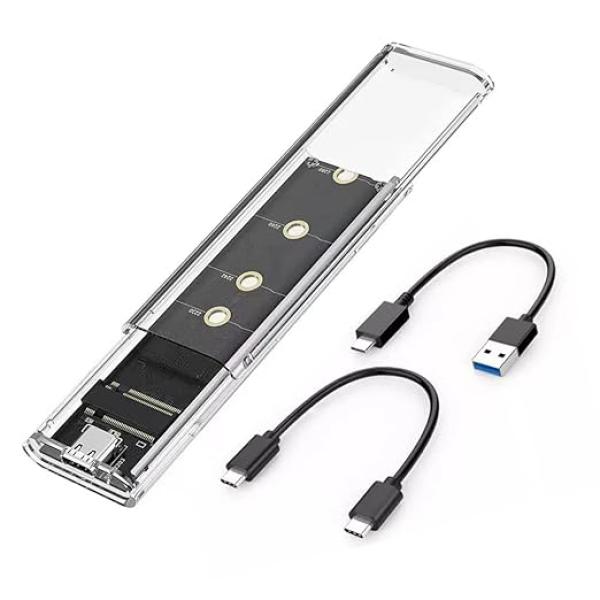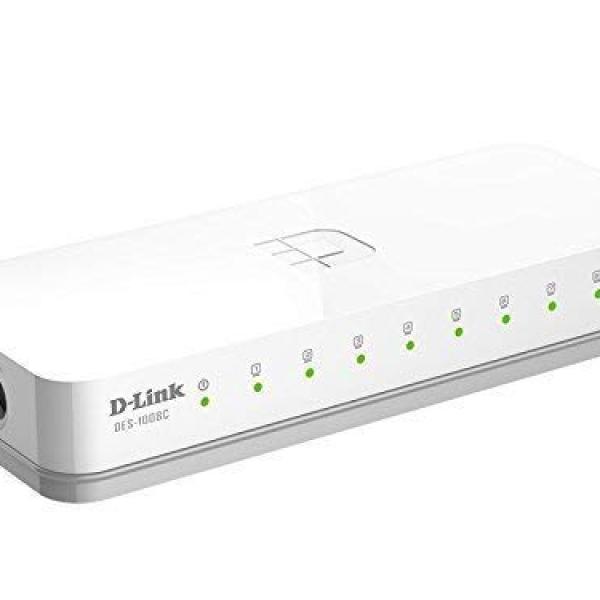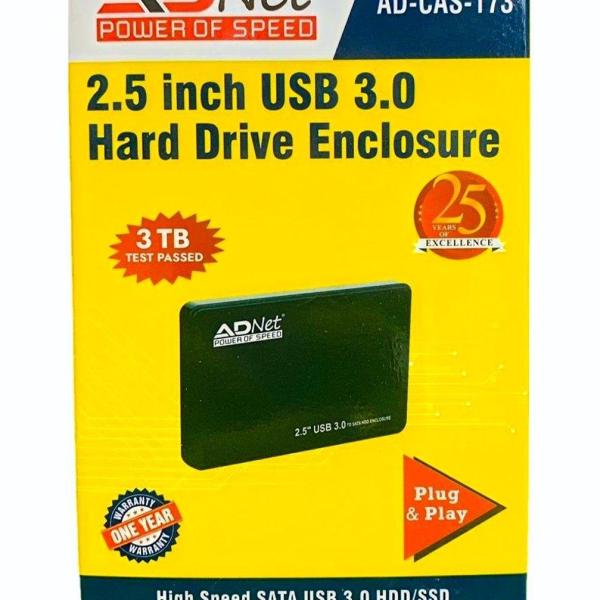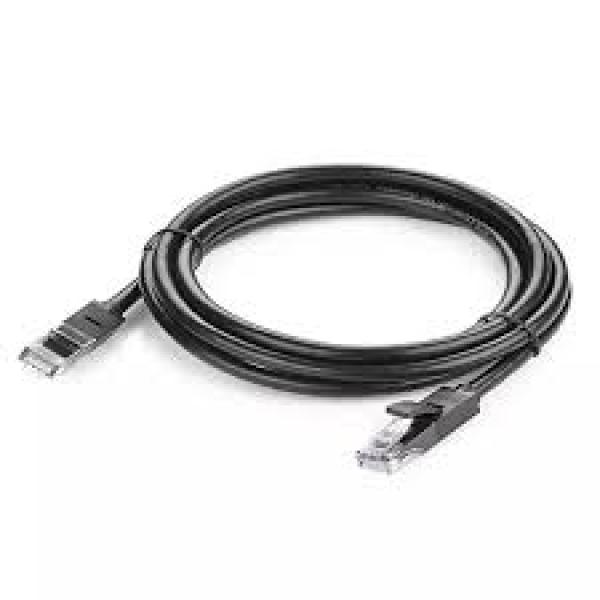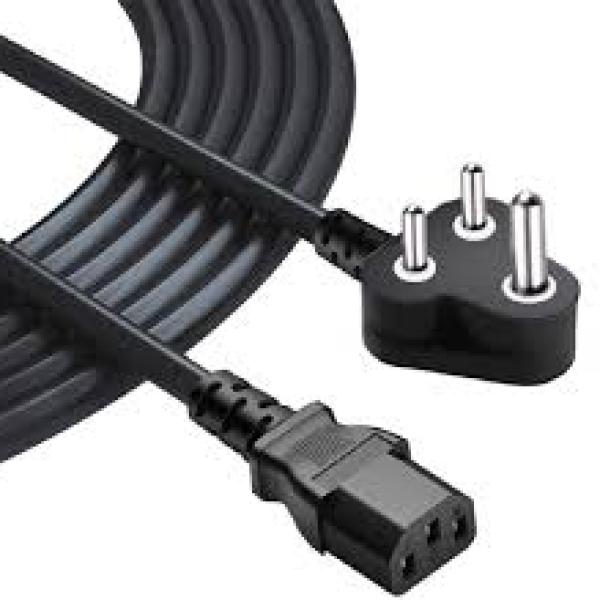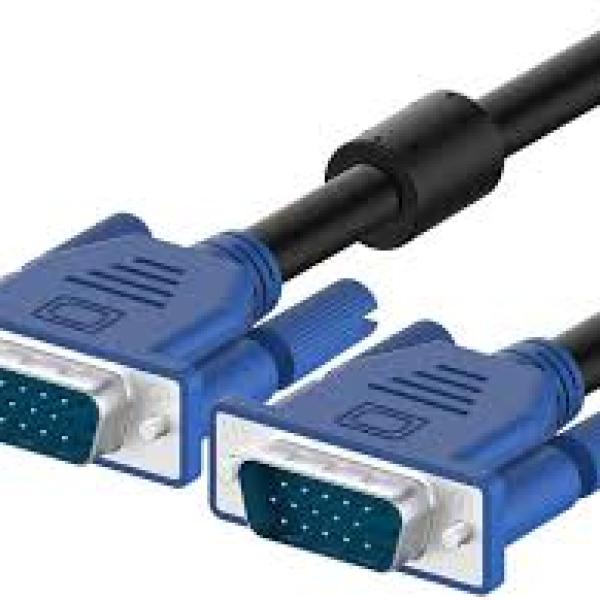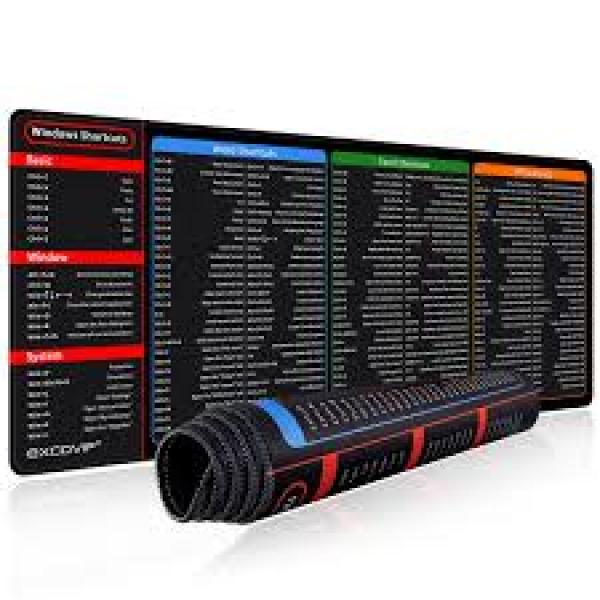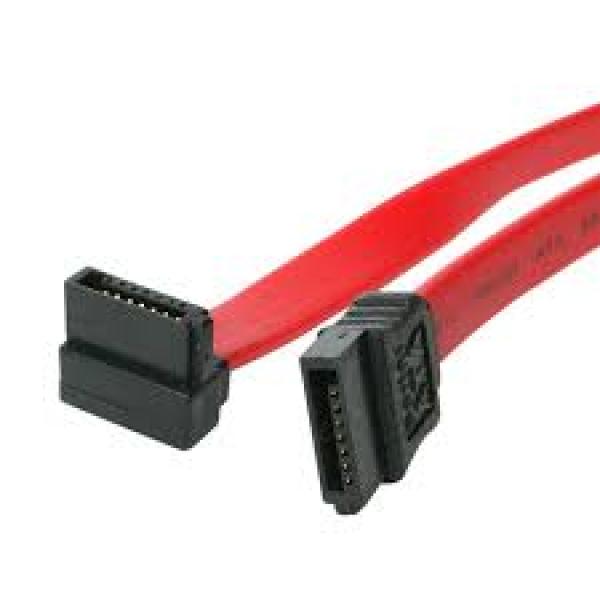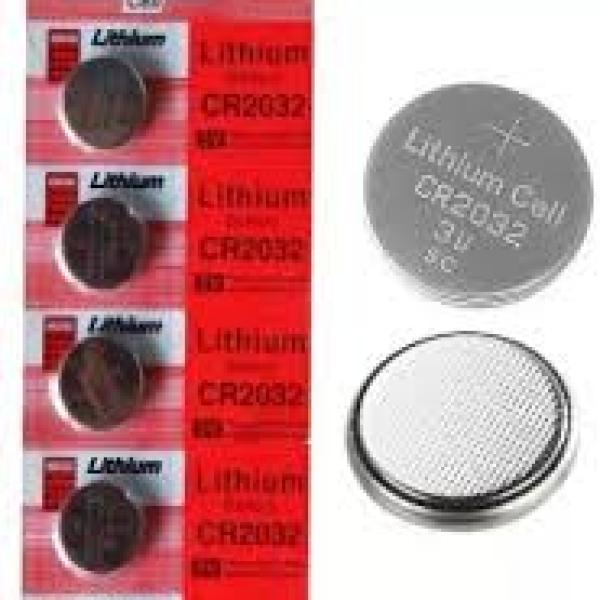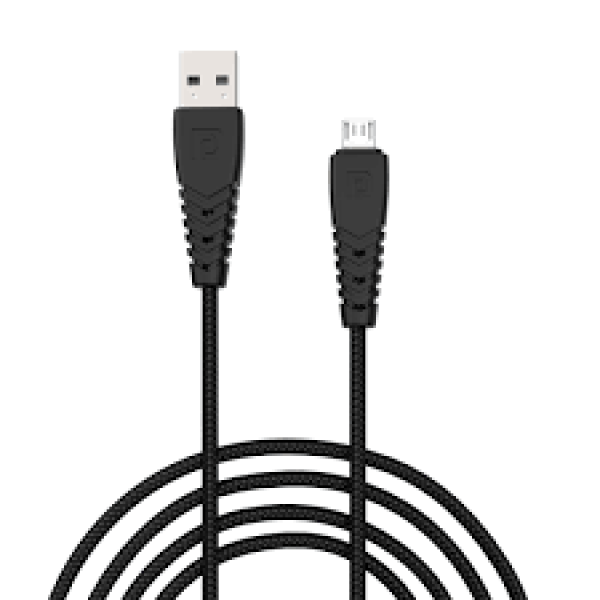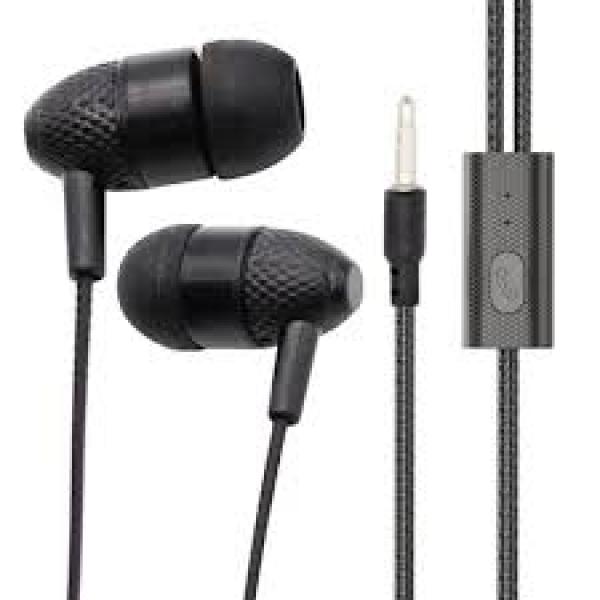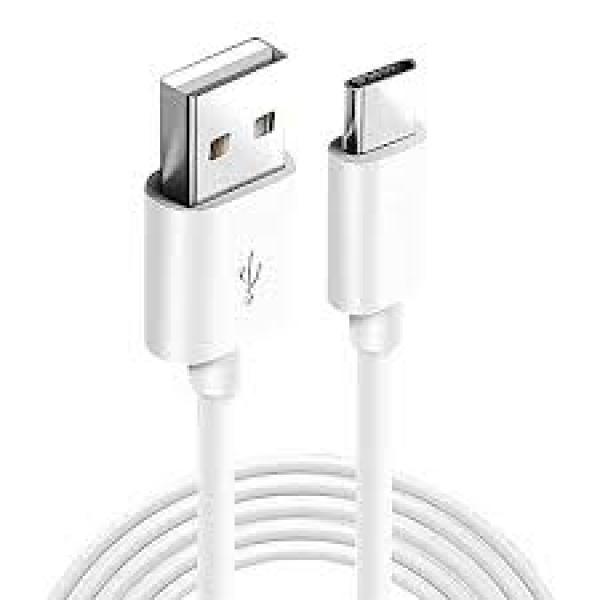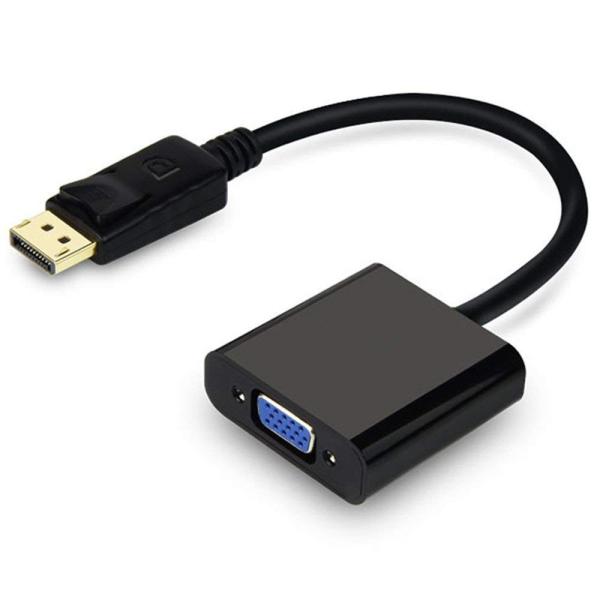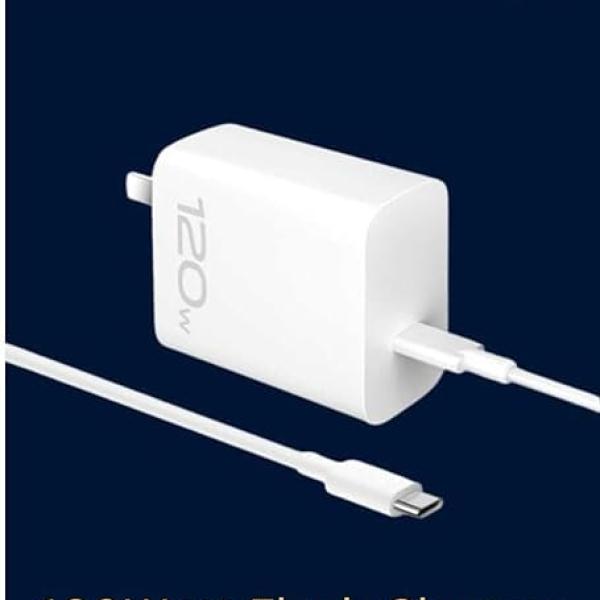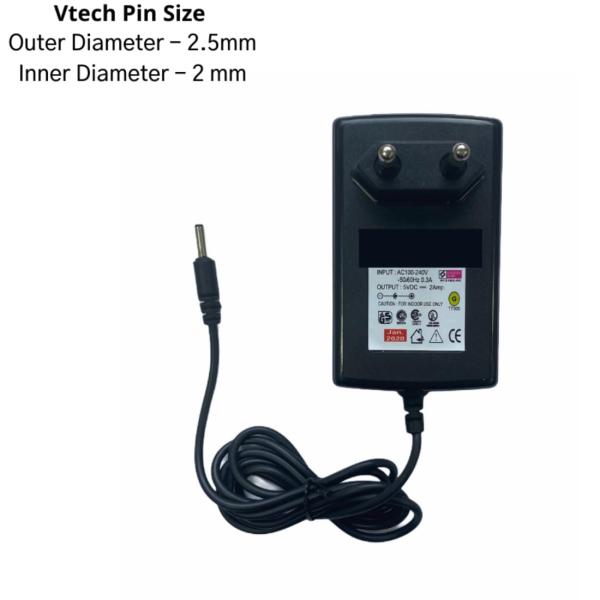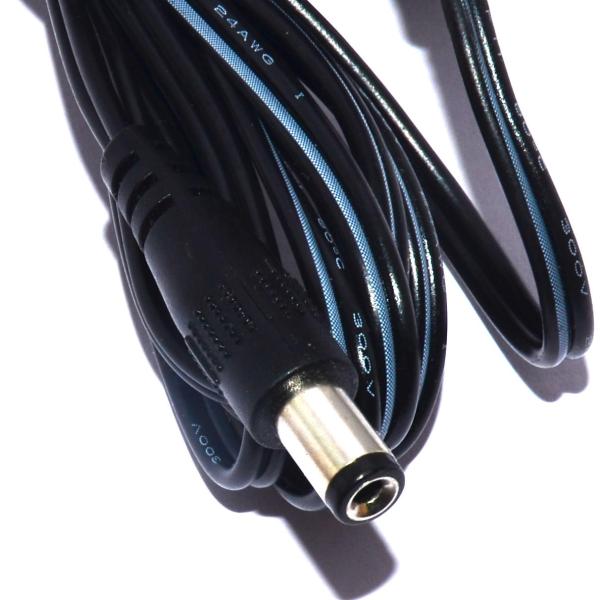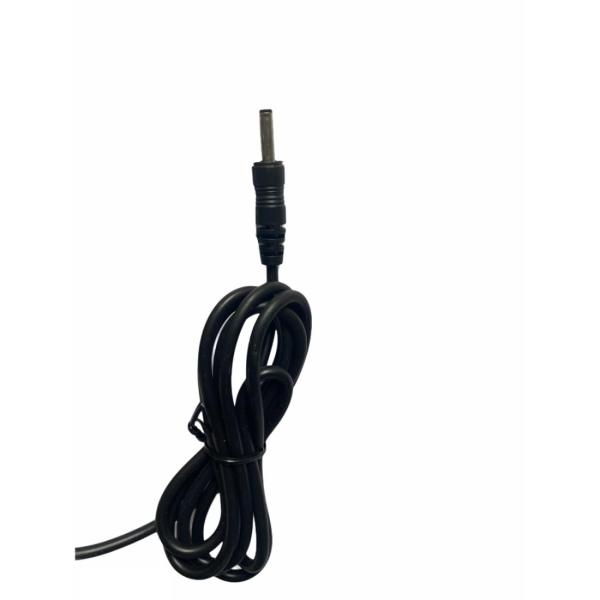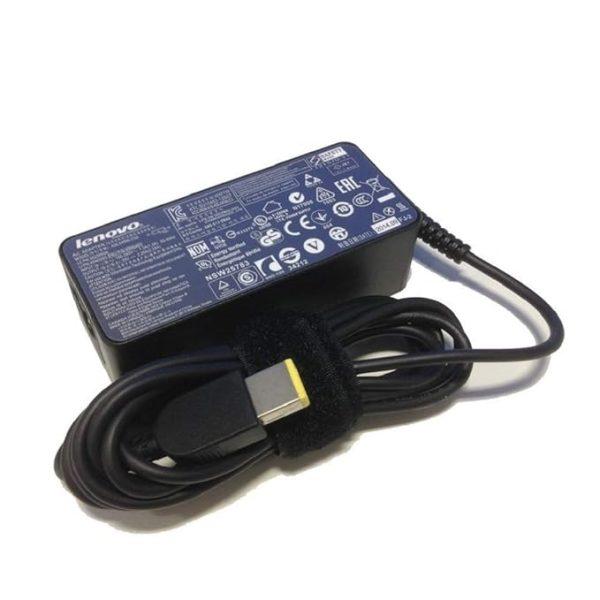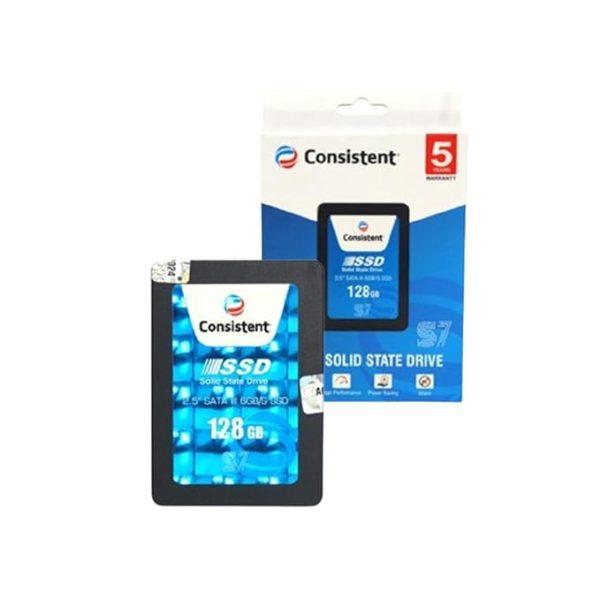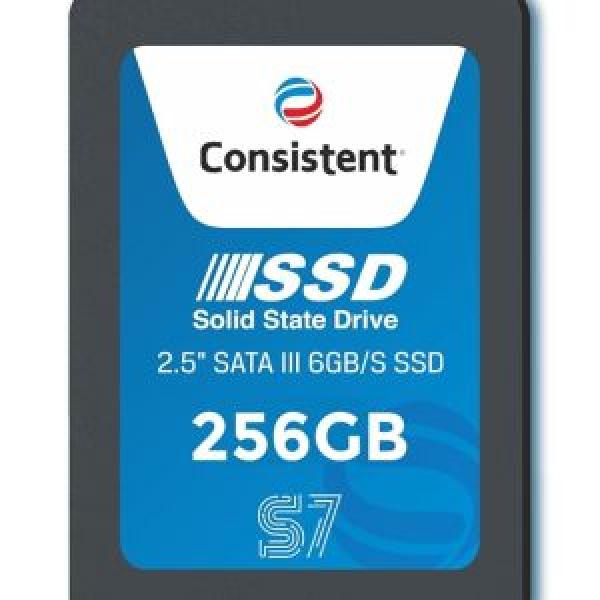🧠 1. Central Processing Unit (CPU)
The brain of the computer.
Executes instructions and processes data.
Performance is influenced by core count and clock speed (GHz).
🧩 2. Motherboard
The main circuit board.
Connects all components: CPU, RAM, storage, GPU, and peripherals.
Provides communication between parts via buses and chipset.
💾 3. Random Access Memory (RAM)
Temporary memory used to store active data and instructions.
Allows quick access by the CPU.
Volatile—data is lost when power is off.
🗃️ 4. Storage Drive (HDD or SSD)
Stores operating system, applications, and files.
HDD: Slower, mechanical, more storage for less cost.
SSD: Faster, solid-state, more expensive but better performance.
🎮 5. Graphics Processing Unit (GPU)
Renders images, video, and animations.
Essential for gaming, video editing, and 3D work.
Can be integrated (in CPU) or dedicated (separate card).
🔌 6. Power Supply Unit (PSU)
Converts AC power from the wall into DC power for the computer.
Powers all internal components.
Measured in watts (W), with efficiency ratings like 80+ Bronze/Gold.
🌬️ 7. Cooling System
Keeps components (especially CPU and GPU) from overheating.
Includes fans, heatsinks, and sometimes liquid cooling systems.
💿 8. Optical Drive (optional)
Reads/writes CDs, DVDs, or Blu-ray discs.
Less common in modern computers.
💻 9. Monitor
Displays visual output from the computer.
Varies by resolution (e.g., 1080p, 4K), refresh rate, and panel type.
⌨️ 10. Keyboard
Input device for typing text and commands.
Can be mechanical, membrane, wired, or wireless.
🖱️ 11. Mouse
Pointing device used to interact with graphical interfaces.
Comes in various forms: optical, laser, wired, or wireless.
🔊 12. Speakers / Headphones
Output audio from the computer.
Used for media playback, communication, and alerts.
📸 13. Webcam (optional)
Captures video for calls, streaming, or security.
💽 14. External Devices & Ports
USB drives, printers, scanners, external hard drives.
Connect via USB, HDMI, audio jacks, or wireless technologies (Bluetooth, Wi-Fi).

